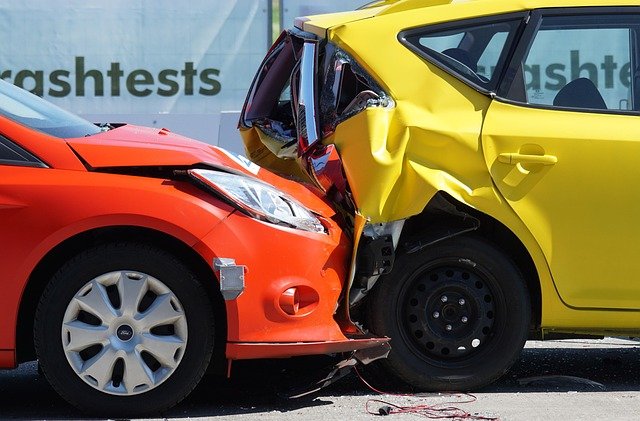Crumple Zone Innovation: Reshaping Vehicle Safety
Imagine a car that crumples like paper in a collision, yet protects its occupants with unparalleled efficiency. This isn't science fiction—it's the cutting-edge reality of crumple zone technology. As automotive safety evolves, engineers are pushing the boundaries of material science and structural design to create vehicles that absorb impact energy in ways never before possible.

Beyond Metal: Advanced Materials in Crumple Zone Design
Traditional crumple zones relied primarily on steel structures. However, automotive engineers are now exploring a diverse range of materials to enhance safety performance. High-strength aluminum alloys offer significant weight reduction without compromising structural integrity. Composite materials, such as carbon fiber reinforced polymers, provide exceptional strength-to-weight ratios and can be engineered to exhibit specific deformation characteristics.
Programmable Crumple Zones: The Next Frontier
The latest breakthrough in crumple zone technology involves programmable structures. These innovative designs incorporate materials with variable stiffness, allowing vehicles to adapt their crash response based on the specific nature of a collision. By utilizing shape memory alloys or piezoelectric materials, engineers can create crumple zones that actively change their properties in milliseconds, optimizing energy absorption for different impact scenarios.
Multi-Directional Protection: 360-Degree Crumple Zone Integration
Modern vehicle design is moving beyond front and rear crumple zones to incorporate comprehensive protection. Side impact crumple zones, once considered challenging due to space constraints, are now being integrated into vehicle structures. Advanced computer simulations and crash testing have enabled engineers to develop intricate crumple zone networks that provide protection from multiple angles, significantly enhancing overall vehicle safety.
The Role of Artificial Intelligence in Crumple Zone Optimization
Artificial intelligence and machine learning algorithms are revolutionizing crumple zone design. These sophisticated tools analyze vast amounts of crash data to identify optimal structural configurations. AI-driven simulations can rapidly iterate through thousands of design variations, considering factors such as material properties, impact velocities, and occupant positions. This approach is leading to highly optimized crumple zones that push the boundaries of safety performance.
Balancing Safety and Repairability
While enhancing safety is paramount, automotive engineers must also consider the practical implications of crumple zone design. Vehicles with extensive crush zones can be more challenging and expensive to repair after minor collisions. To address this, designers are developing modular crumple zone systems that allow for easier replacement of damaged sections. This approach aims to strike a balance between maximum safety in severe crashes and cost-effective repairs for minor incidents.
The Future of Crumple Zones: Active and Predictive Systems
Looking ahead, the next generation of crumple zones may incorporate active and predictive elements. Vehicles equipped with advanced sensor arrays and connected car technologies could anticipate potential collisions and pre-configure their crumple zones for optimal performance. This could involve adjusting the stiffness of certain structural elements or deploying external airbags to create additional energy-absorbing zones milliseconds before impact.
Crumple Zones and the Evolution of Vehicle Design
The advancement of crumple zone technology is reshaping vehicle aesthetics and packaging. As safety requirements become more stringent, designers are challenged to create visually appealing vehicles that incorporate extensive crush zones. This has led to innovative approaches in styling, with some manufacturers embracing the safety-first design ethos as a distinctive brand feature.
Challenges in Implementing Advanced Crumple Zone Technologies
Despite the promising developments in crumple zone innovation, several challenges remain. The integration of complex, programmable structures can increase manufacturing costs, potentially limiting their adoption in more affordable vehicle segments. Additionally, the use of advanced materials may require new recycling and disposal processes to ensure environmental sustainability.
The Impact on Occupant Safety Systems
As crumple zones become more sophisticated, their interaction with other safety systems is evolving. Airbag deployment timing and seatbelt pre-tensioner activation must be precisely coordinated with the deformation of crush zones to maximize occupant protection. This interdependence is driving a holistic approach to vehicle safety design, where all protective elements work in concert to create a comprehensive safety cocoon.
In conclusion, crumple zone technology represents a fascinating intersection of materials science, structural engineering, and safety innovation. As vehicles continue to evolve, these invisible guardians will play an increasingly crucial role in protecting occupants from the forces of collision. The ongoing research and development in this field promise to reshape our understanding of automotive safety, paving the way for vehicles that offer unprecedented levels of protection in the event of an accident.






